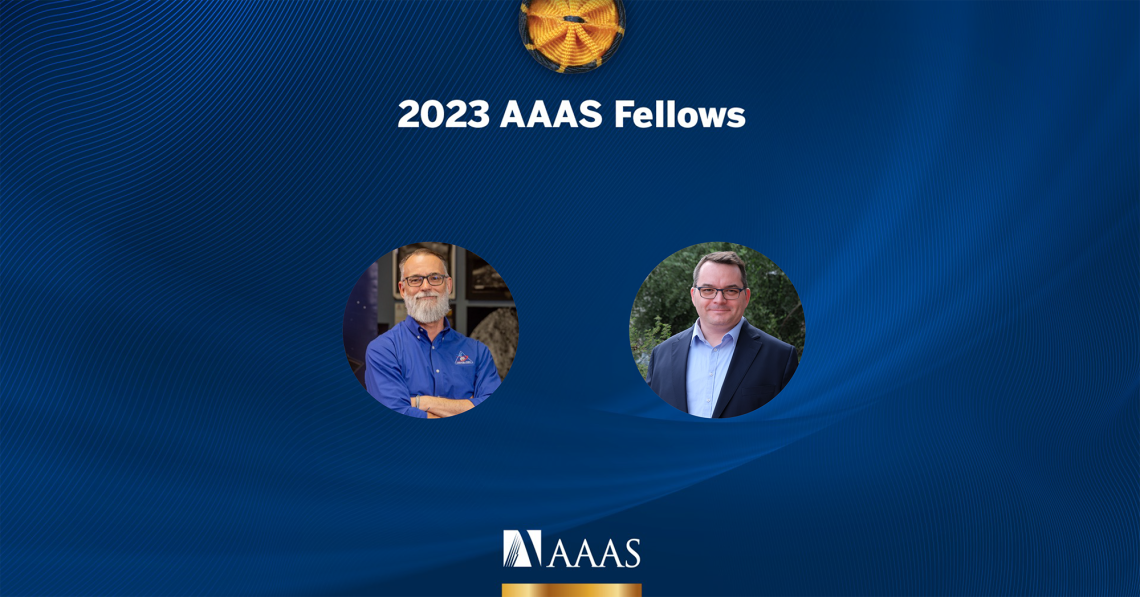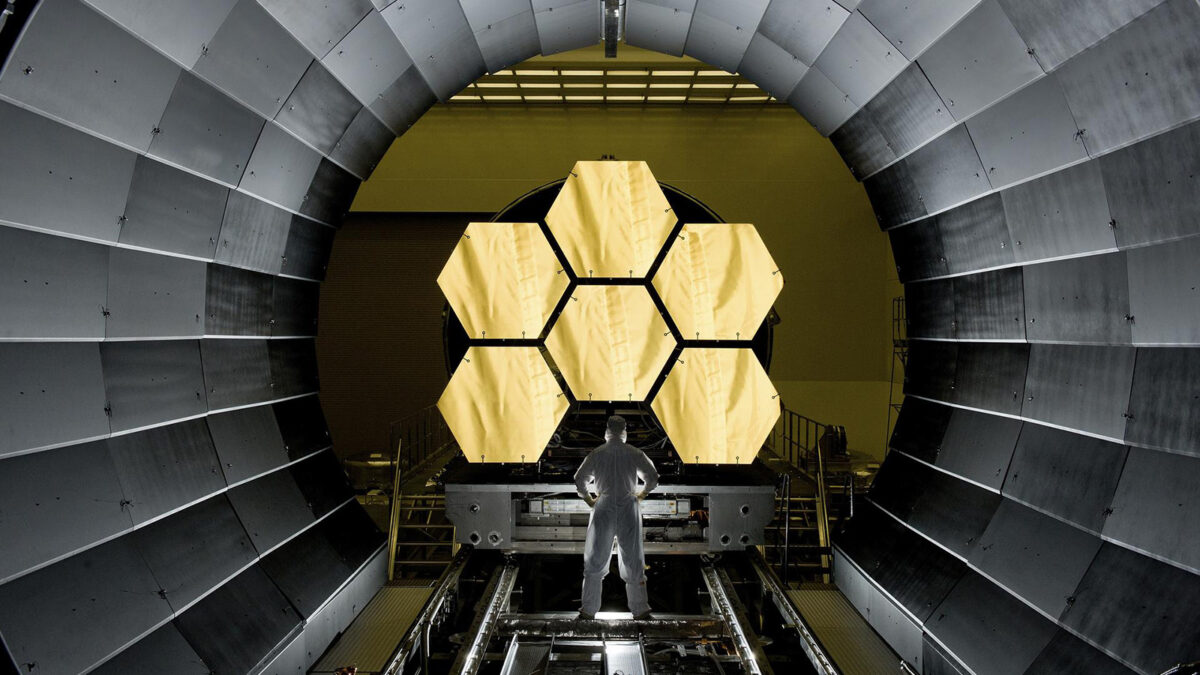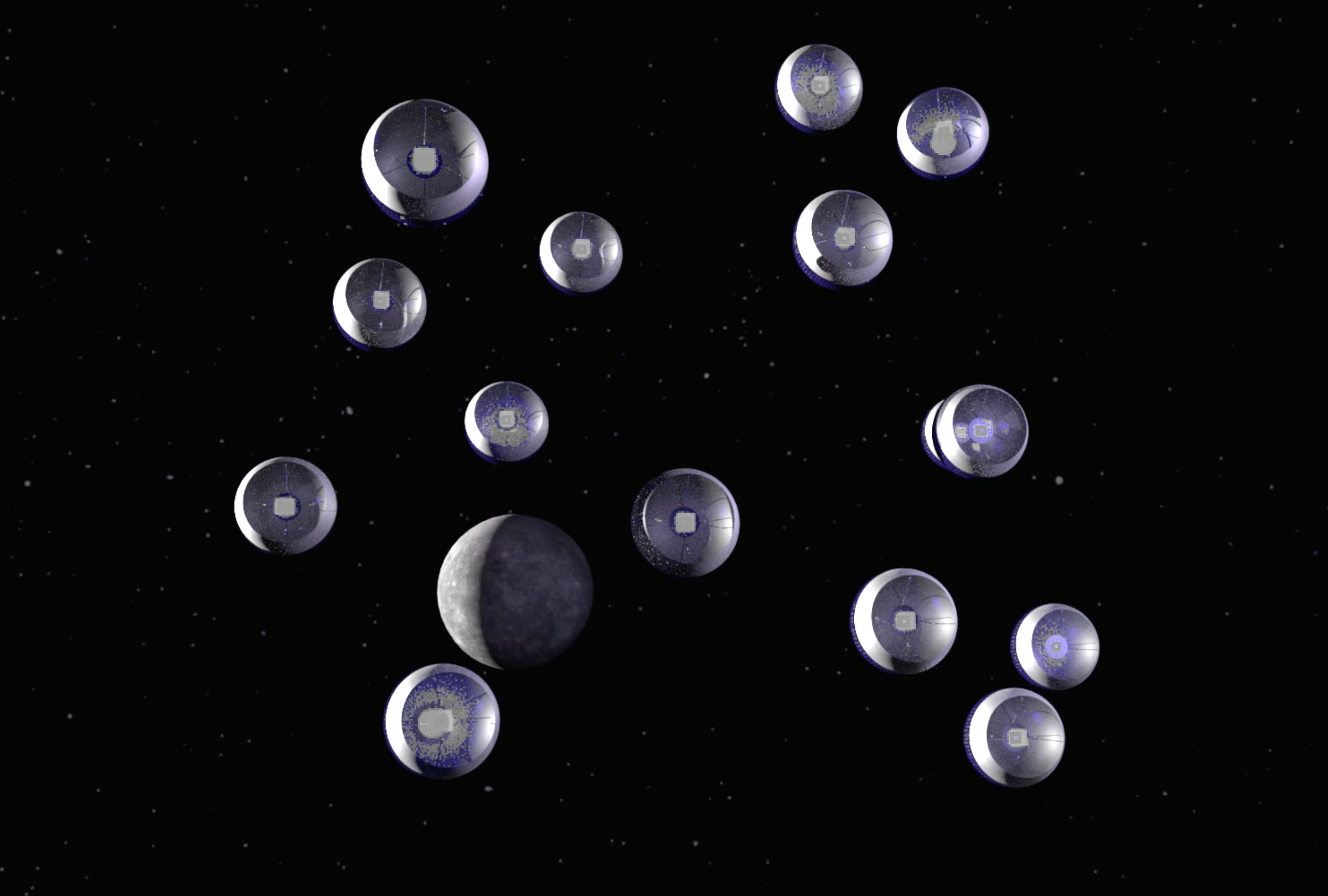I am honored to be elected a 2023 Fellow of the American Association for the Advancement of Science, the world’s largest general scientific society, in recognition of my “distinguished contributions to the field of astrobiology and astrophysics, particularly for advancements in understanding of habitable exoplanets and planetary systems.” The prestigious AAAS Fellows program is over 150…






